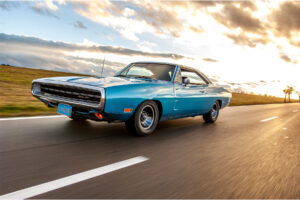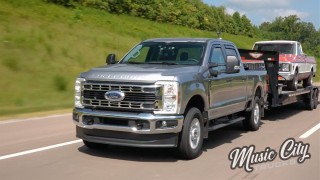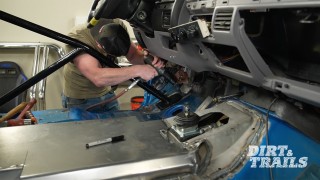This Flying Car Prototype Is Cleared For Takeoff by the Federal Government
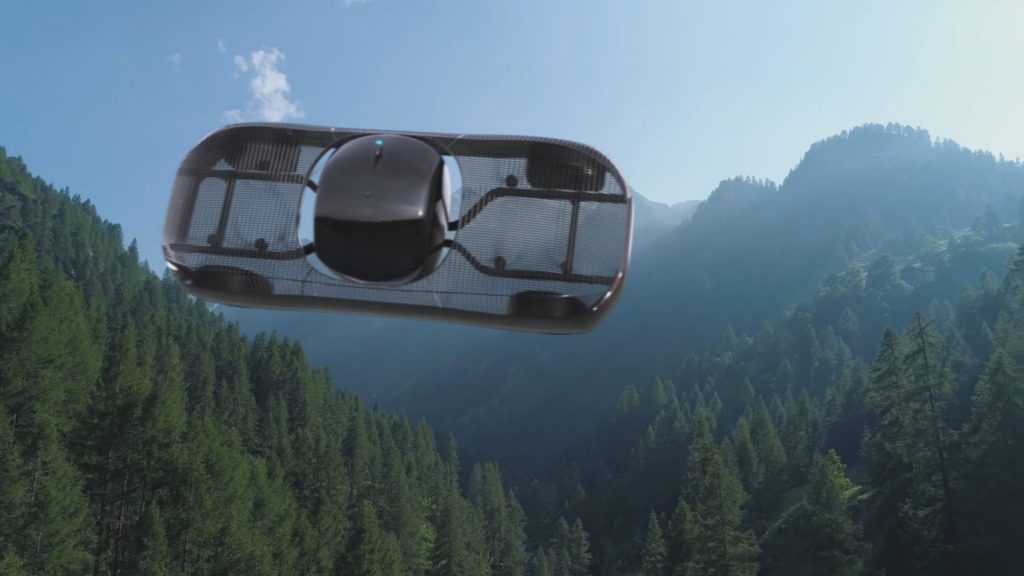
The thought of a flying car has always been the work of science fiction, and the only times we’d ever see one would be in movies like Star Wars, Blade Runner, and Back to the Future. It is something that we’d dream about as kids as we’d draw our poorly-designed concept sketches on construction paper with crayons. Because an actual flying car couldn’t possibly exist in the real world. But then again, so was the thought of self-driving cars. Now A.I. technology is making that a reality day by day. And it just so happens that the Federal Aviation Agency (FAA) has approved testing for test flights of the Model A by Alef.
The California-based company has actually been developing an all-electric flying car since 2015. While other major brands like Stellantis and United have rallied behind the development of all-electric quadcopters, Alef’s Model A functions as a regular electric car with a 200-mile range on the road, as well as a flying car with a 110-mile flying range.
Could This Be The First Real Flying Car?
According to Flying, the FAA approved the company’s flying car concept for its airworthiness certificate under the condition that Alef operates it as an experimental aircraft. This means that the Model A is regarded as the first-ever “true” flying car design with legal approval to fly from the U.S. government.
The reason why “true” is in quotations is because the FAA has previously given its approval to similar models in the past like the Terrafugia Transition and the Samson Sky Switchblade, which received the OK for its flight test in July 2022. However, the Model A is the first all-electric vehicle that operates as a car, and doesn’t rely on fixed wings in order to fly. In the 1950’s, the Aerocar is considered one of the first practical flying cars. However, the wings and tail needed to be added to the car itself in order to count as an aircraft and it never entered full-scale production.
Aerocar International’s Aerocar (often called the Taylor Aerocar) was an American roadable aircraft designed and built by Moulton Taylor in Longview, Washington in 1949. Although six examples were made, it never entered large-scale production. It is considered one of the first practical flying cars
Alef is currently planning on the Model A’s first display flight in view of the public. Following the demonstration, there will certainly be some interested individuals that would be willing to fork over the $300,000 for their very own flying car. So long as the company meets its deadline of getting them on the sales floor by 2025.
How Does It Work?
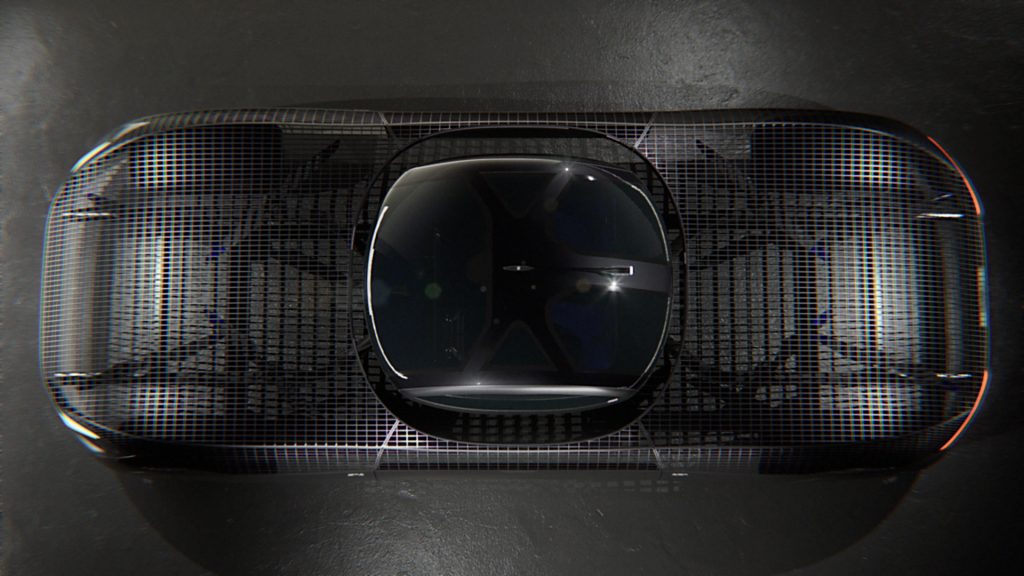
So what makes this flying car a flying car? The Model A is made up of a mesh frame sculpted in a way to resemble a standard sedan with a single cabin with room for both a driver and passenger. At each corner of the vehicle is a wheel with its own independent motor, and hidden underneath are eight propellers that allow the Model A to levitate into the air in a way that strongly resembles a jumbo-sized drone.
The Model A Needs to Prove Its Car & Aircraft Worthiness
As of yet, only prototypes have gone airborne. But following the company’s FAA approval, the pathway to bringing this flying car to the masses has become much closer for Alef. Granted that they still need to refine and perfect the final design before it hits the sales floor. The Model A will also need to receive approval that it is capable of working as a fully-functional car and aircraft, which could take a long time.
“To be commercially viable as a car, Model A will need to at least approach the speed of a typical automobile,” says Flying. “And Dukhovny’s plan to initially certify it as a low-speed vehicle—limited to speeds of just 25 mph on public roads—doesn’t inspire confidence, despite his assurance the startup will eventually seek full automobile certification.”

Should Alef be able to get the green light for the Model A as both car and aircraft, it could certainly shake things up in the automotive world. Currently, flying taxi services utilize airports and heliports before taking flight. But should the Model A get the “OK” from the government, it could theoretically take off from anywhere. This would also mean that air traffic control would have to update their systems in order to accommodate the safety of these flying cars.
Getting test flight approval from the FAA is a huge step forward for Alef, but it still has a long way to go if it wants to meet its official debut in 2025.
Want to read more articles like this?
Join the PowerNation Email NewsletterRead More from PowerNation
- Chapters
- descriptions off, selected
- captions off, selected
This is a modal window.





